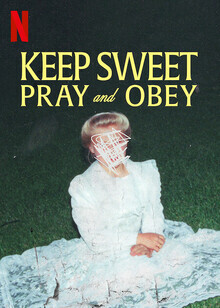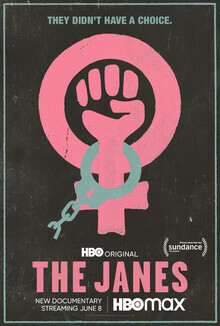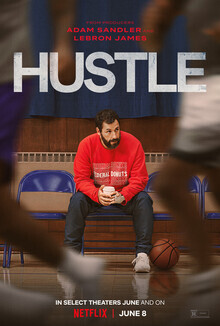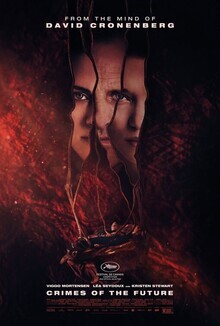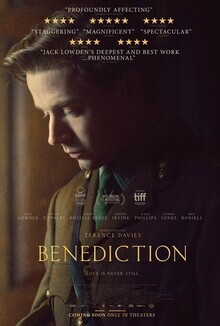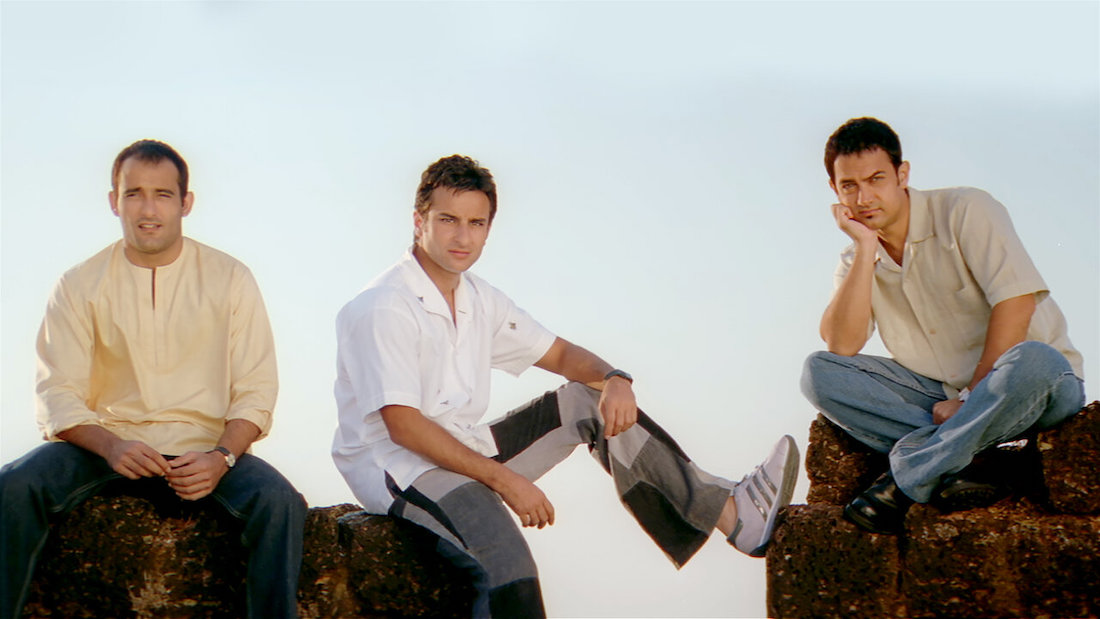
In 2001, India marked the beginning of a period of economic stability. Jobs outsourced from the developed world arrived in India, where almost every college graduate spoke English. Indians in their thirties and forties had more disposable income than ever before. It was possible, perhaps for the first time since India’s independence from Great Britain in 1947, to be a young, economically independent professional in India.
Farhan Akhtar’s directorial debut “Dil Chahta Hai,” which hit cinemas in August of 2001, is about that new generation: graduating from college, being upwardly mobile, financially secure, and able to not care. Akash (Amir Khan), Sameer (Saif Ali Khan), and Siddharth (called Sid by his friends, played by Akshaye Khanna) live with their parents, but their lives are comfortable, and influenced heavily by Western culture. Their hair is spiked with product. They dance to synth-heavy rock-pop music in a club lit by blacklights, dressed in leather pants and tank tops made of fluorescent mesh. Even the film’s first song—lyrics for the movie were penned by renowned screenwriter, poet, and the director’s father, Javed Akhtar—proclaims this proudly: “We are new/why should our style be old?” The song is nothing less than an anthem for new India. They don’t care what came before. They’re the masters of their own fate.
But it wasn’t just about the experimental choreography, or the songs that felt more like conversations than grandiose production numbers. No character under the age of 50 ever wears traditional Indian attire. The film is also gut-bustingly hilarious, so much so that it was only on my family’s fourth or fifth trip to the movies that we managed to hear every line of dialogue. We shook with laughter till we wept.
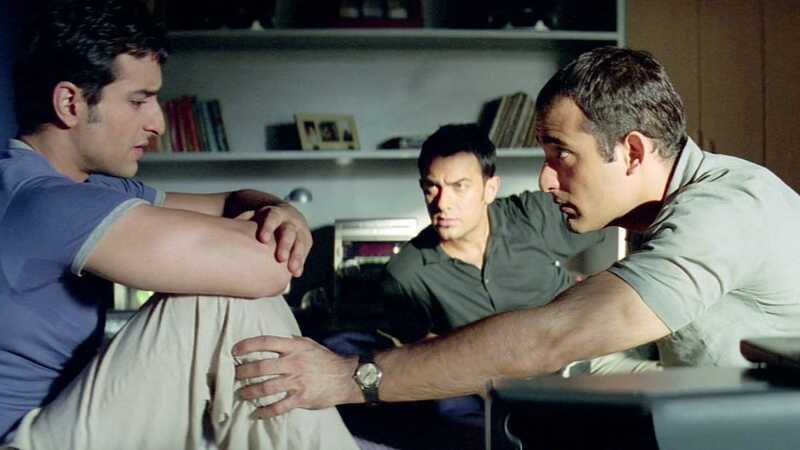
The concept of three male protagonists is not new. It’s an echo of the trinity present in both Hinduism and Christianity, and the three stripes on the Indian national flag. The 1977 blockbuster “Amar Akbar Anthony” (1977) featured three brothers separated by fate, raised in different faiths (Hindu, Muslim, Christian) but ultimately, and gloriously, reunited. “Chashme Baddoor” (1981) is an indie cinema cornerstone of my parents’ youth, right down to its locale and demographics: three twentysomething friends (two slackers and one gainfully employed) live together in New Delhi, whiling the time by chain-smoking, swilling chai, and, in severe contrast to their perpetual quoting of sensitive Urdu romantic poetry, catcalling women. Farhan Akhtar’s sister Zoya, who served as the casting director on “Dil Chahta Hai” and has since built an extraordinary career in her own right, added to the genre with “Zindagi Na Milegi Dobara” (2011), a buddy road trip comedy set in Spain, starring her own brother as part of the protagonists’ trio.
Akash, Sid, and Sameer were unusual because you felt you knew them. They are completely at ease together, in possession of a longstanding familiarity with each other’s quirks, habits, and tics. Sid is a sensitive artist, wont to avoid large gatherings but calls his friends in the middle of the night to come look at a painting he’s just finished. Sameer is a bit of a dope, highly impressionable, and falls in love with comical frequency. And Akash, the pseudo-ringleader, is a prankster, unable to take anything seriously. His willingness to do anything for a laugh later causes the film’s pivotal rift. I felt—and still feel—I knew all three men, but had never seen their stories onscreen before.
In addition to the film’s male leads are the women in their lives, not all of whom are romantic partners. Shalini (a bubbly yet vulnerable Preity Zinta) catches Akash’s eye at their graduation party, and hitting on her causes funny long- and short-term consequences. Tara Jaiswal (Dimple Kapadia, for whom the part was written and who described the role as one “to die for”) is an older woman and alcoholic divorcée whom Sid befriends and becomes a confidante for. There are no less than three women in Sameer’s life: the imperious Priya (played by scene stealer Suchitra Pillai); Kristine the Swiss hippie (Beatrice Gibson); and finally, Pooja (Sonali Kulkarni), the daughter of his parents’ friends who is proposed, much to Sameer’s abject horror, as a candidate for their arranged marriage.
Our three heroes’ general bonhomie brings us to Chapter 11, where the film fractures its narrative into three separate lives; I won’t reveal the nature of the break. I call it by its chapter listing on my family’s DVD copy of “Dil Chahta Hai,” a sequence my brother and I found so upsetting we skipped it every time we watched the movie. This, to our considerable grief, eventually rendered the disc unplayable.
The film’s best indicator of cool is its score. Akhtar had initially sought A. R. Rahman, but the job went to Shankar, Ehsaan, and Loy, a trio—hey!—of relatively new Hindi film composers. “Dil Chahta Hai” was their breakout hit, and they’ve been in constant demand ever since. The film’s title song backs the three friends as they drive to a post-graduation holiday in Goa, but none of them sing it. It’s a minimalist ode in the background that defines a mood—an ease, a comfort, an openness, jazzy, up for anything. Akash, Sameer, and Sid fish, ride motorcycles, snooze on a dock, try and fail to be pensive on a rented yacht, dine on fresh waterfront meals as they watch the sunset. They have nowhere to be, and where they are is just fine.
Perhaps the most arresting song in the film is “Koi Kahe, Kehta Rahe,” the instantly catchy dance anthem, sung by all three friends and their college classmates at their graduation party. Its propulsive, steady percussion provides priceless pep, pulling you into the narrative, your feet and fingers tapping automatically.
Even the three character-defining songs—one for each of the men—have unique feels and layers. “Kaisi Hai Yeh Rut” is an exploration of Sid’s interior, which he shares with no one, not even his friends. He sees the world through a filter, not the kind on Instagram, nor one that conceals or obscures. His view is magical. There is serenity and light and wonder. Sid doesn’t need food, drink, or a bed. He is powered only by art and love. “Jaane Kyun” is a conversation Akash has with Shalini, debating the nature of love and whether it is necessary. They go back and forth: Udit Narayan sings for Akash, and his cadence is cavalier, even flippant, whereas playback singer’s Alka Yagnik’s vocals for Shalini soar sweetly, more traditional in structure, gently arguing in defense of love.
In my movie-watching life, "Dil Chahta Hai" was the first time actors were changing costumes and locations not because they were vamping while hopping from a Dutch meadow to a Swiss hillside, but because their debate takes place over the course of many days, weeks, and months. Sameer goes on a journey in “Woh Ladki Hai Kahan,” a whimsical, kooky take on a proud Hindi cinema tradition: the meta song. While on a movie date pondering the location of the girl of his dreams, Sameer explores three distinct eras of Hindi films. First is the black and white cinema of the 1940s and ‘50s; both Sameer and his date are dressed as Nargis and Shammi Kapoor, draped in the beaded gowns and tuxedos common in films during and post-World War II. Next they travel to the 1960s and ‘70s, a sequence that ironically parodies Saif Ali Khan’s own mother, Sharmila Tagore, and the ever-dashing Rajesh Khanna, both box office superstars of the period. Everyone is bouncy, clad in bright colors, paisley, tinted sunglasses, plaid, cravats for the boys and headbands for the girls. The final section mocks the 1980s and ‘90s: Sameer and his date ape Anil Kapoor, who never failed to charm with the sweater tied round his neck, pompadour bouncing as he runs, and Sridevi, wrapped in chiffon saris, hair puffed to the skies, dancing on beautiful mountaintops.
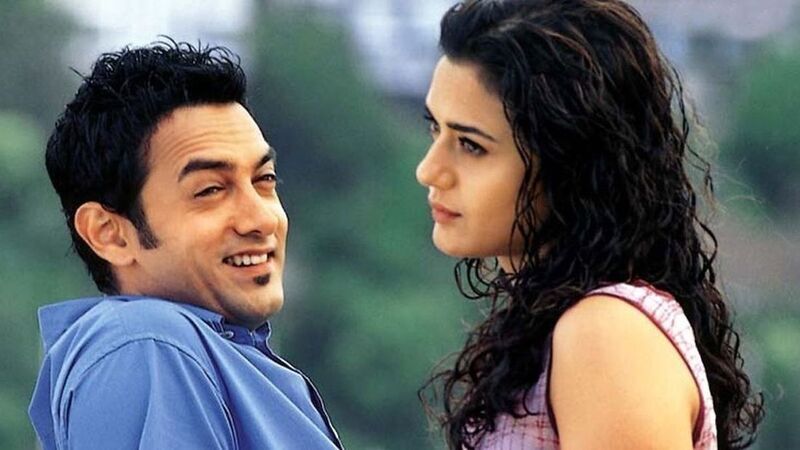
Another aspect of “Dil Chahta Hai’s” appeal was its timing. Released in August 2001, it was the first post-Y2K film to focus on the lives of late Gen X Indians. The cast is playing people in their early 20s; 60 percent of the film’s audience was also on-screen. Saif Ali Khan, when debating taking the role of Sameer, was even warned that dressing like an ordinary dude from a Bombay suburb would poison his job prospects. Joke’s on the naysayers, because Khan’s then-plodding career skyrocketed after “Dil Chahta Hai,” leading eventually to his powerhouse dramatic roles in “Parineeta” and “Omkara,” and comedic turns in “Kal Ho Na Ho” and “Hum Tum.”
The average Indian watches hundreds of movies in which young people strive to overrule their elders or die trying, so the emotional impact of a movie about, by, and for young Indians was monumental. “Dil Chahta Hai” forever raised the bar for commercial Hindi cinema. Lyrics had to be cool, fun, hip. Actors had to live in the modern world, make their own decisions, and suffer the consequences. New trends emerged: new professions (computers, the arts), the soul patch for men, halter tops for women (generally Western dress for all), cell phone ownership, dating without a single syllable of parental input. Every film had to be at least this good, at least this relevant, in order to succeed. Not bad for a director who, at the time the film was released, was only 27.
I recently rewatched the film for the bazillionth time to finish this essay, and noticed a few things I didn’t when I was 10. The roads our trio use to drive to Goa are straight. No lefts, no rights. But on the way back, to foreshadow the complexity of their new adulthood, their drive has bends and loops and turns. “Dil Chahta Hai” also uses real-time sync sound, a first in Hindi cinema. Perhaps most importantly, a word that rose to mind, as I recited all the dialogues I’ve memorized, beat for beat, with the actors, was “fresh.” The film has aged beautifully, and like a bottle of fine wine, you’ll enjoy the last drop even more than your first sip.
"Dil Chahta Hai" is now playing on Netflix.
